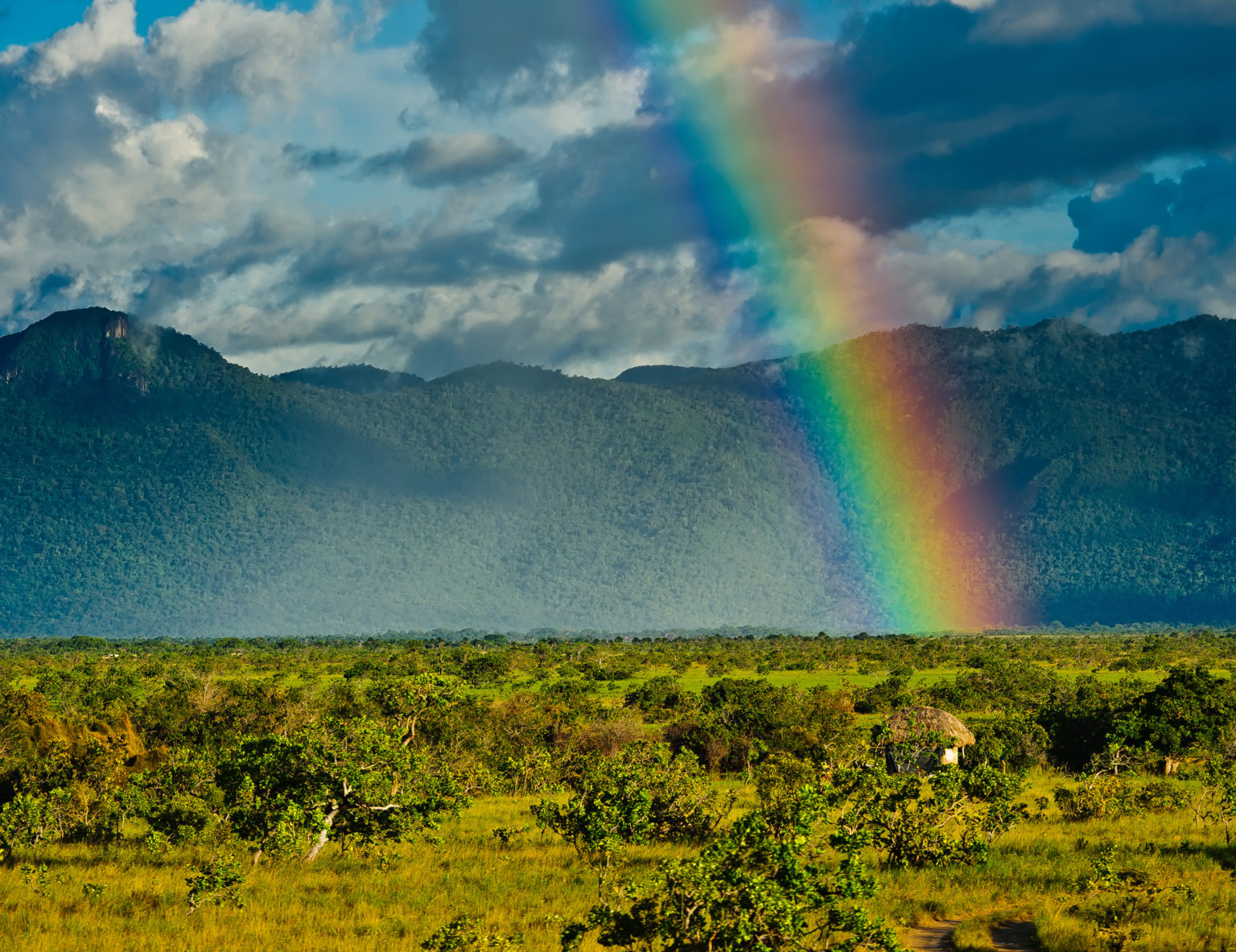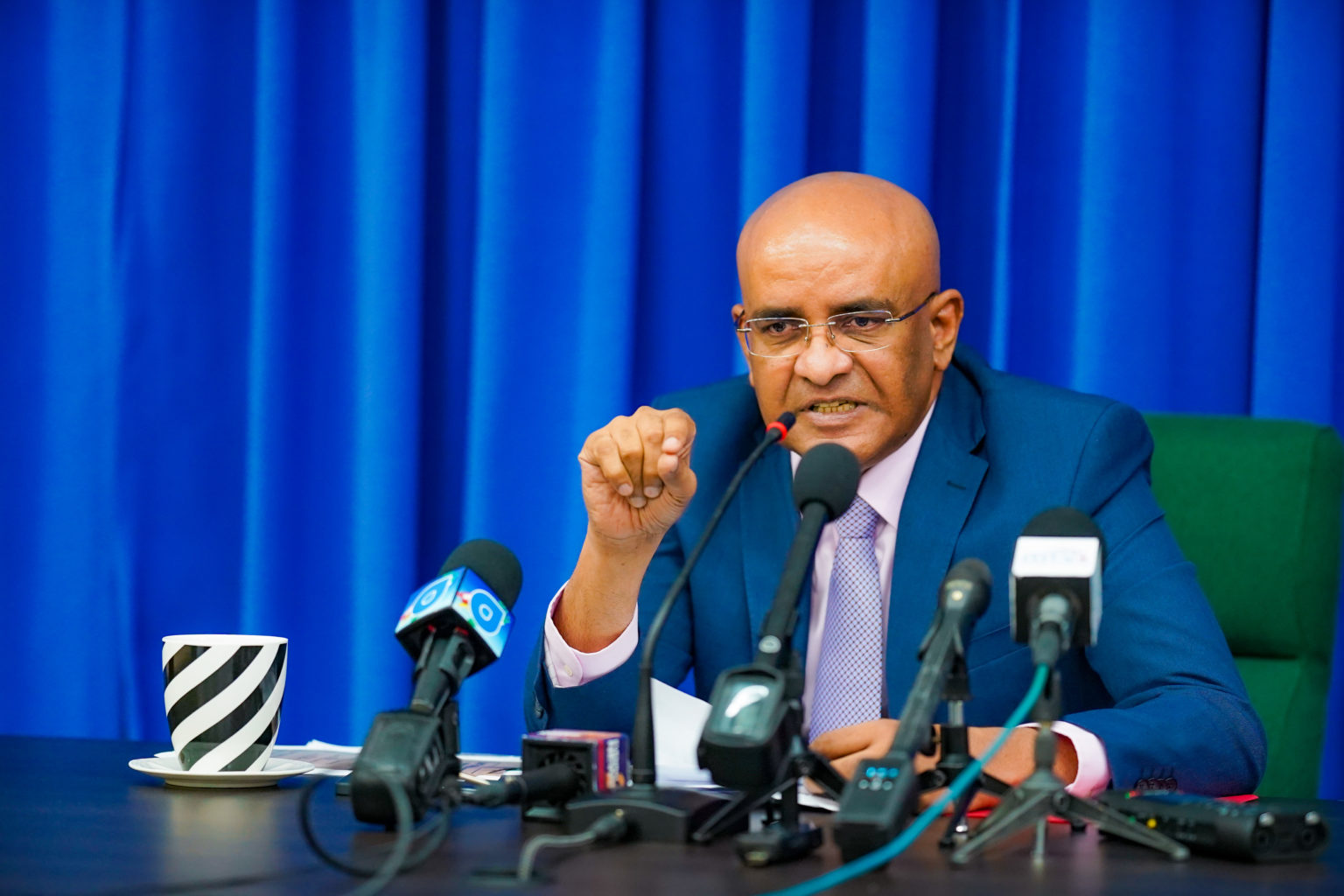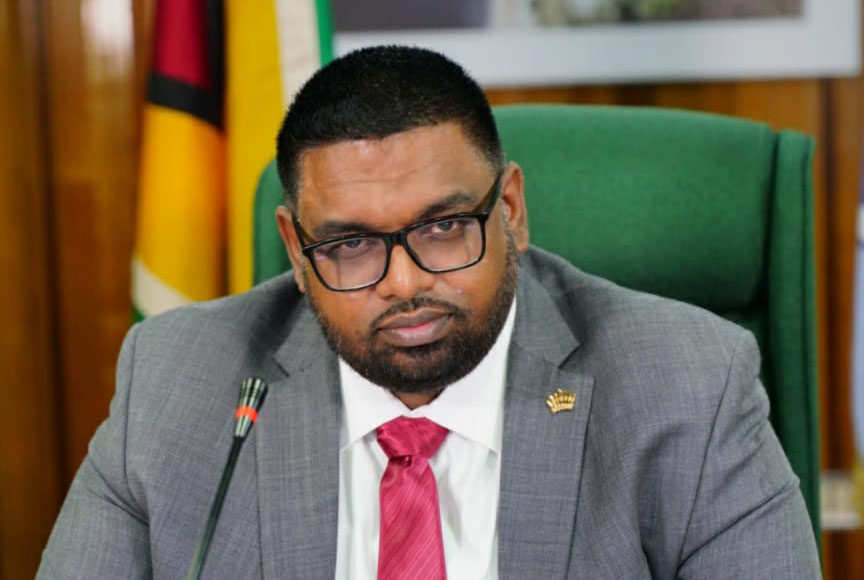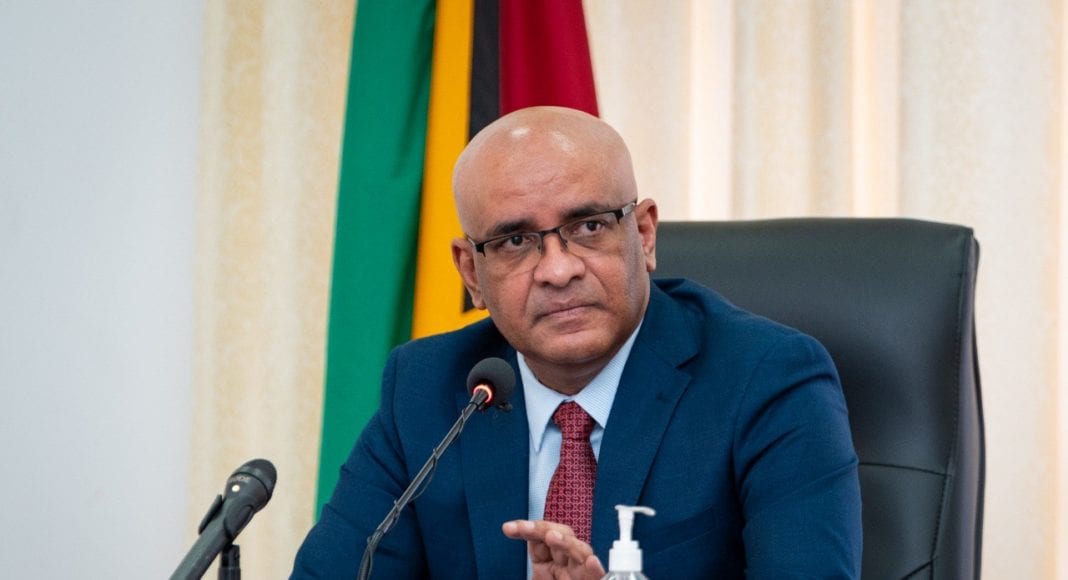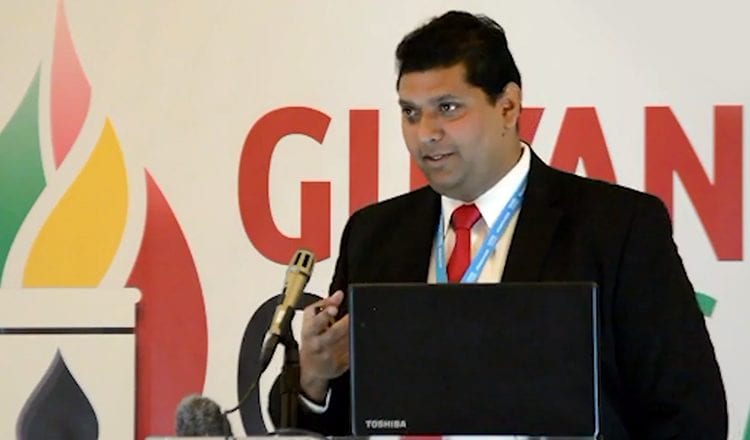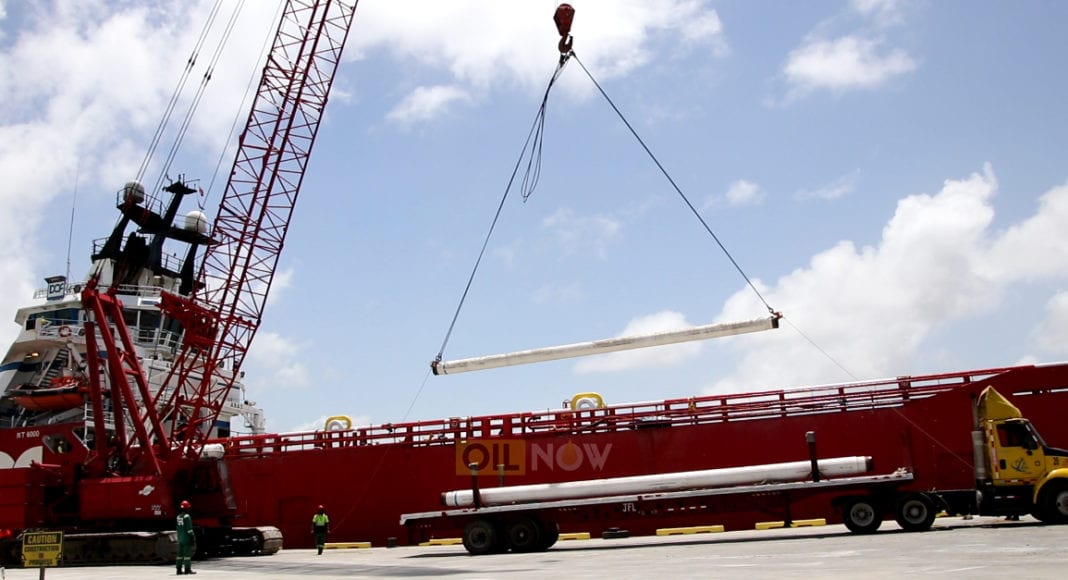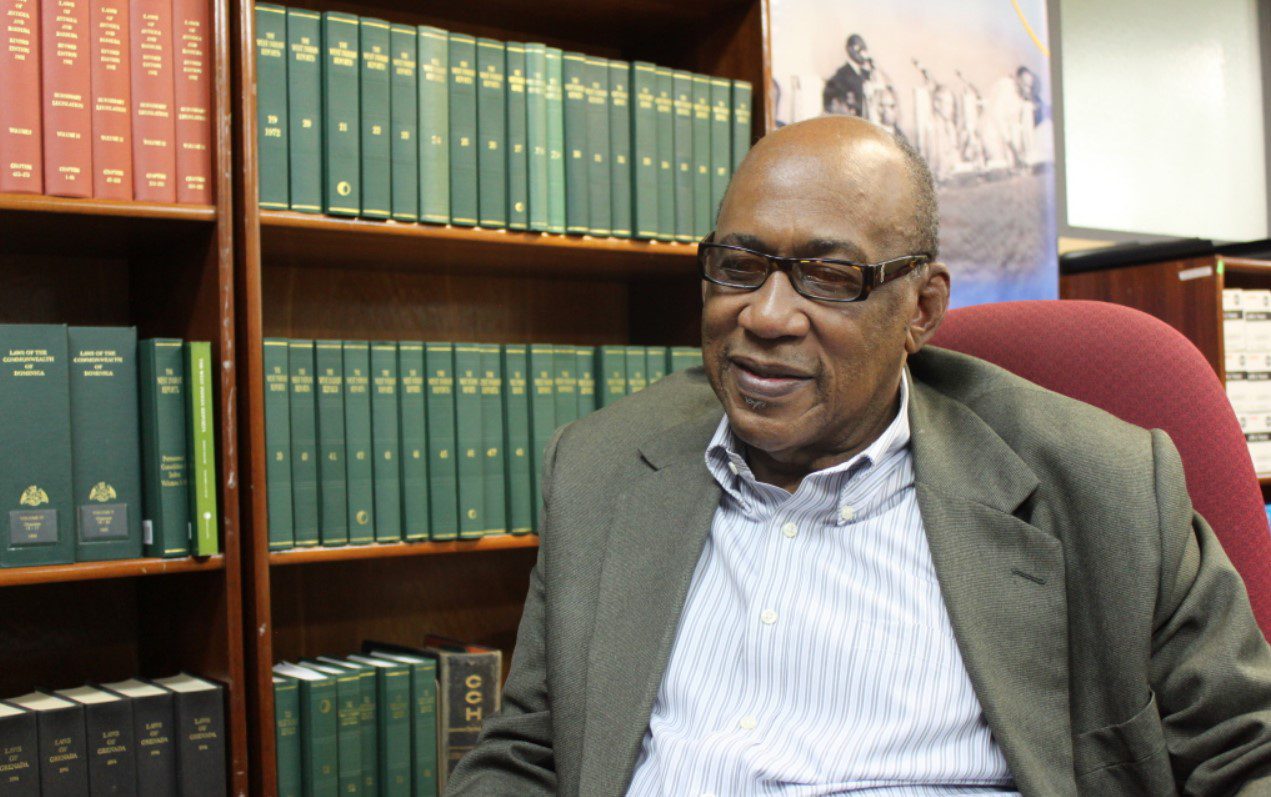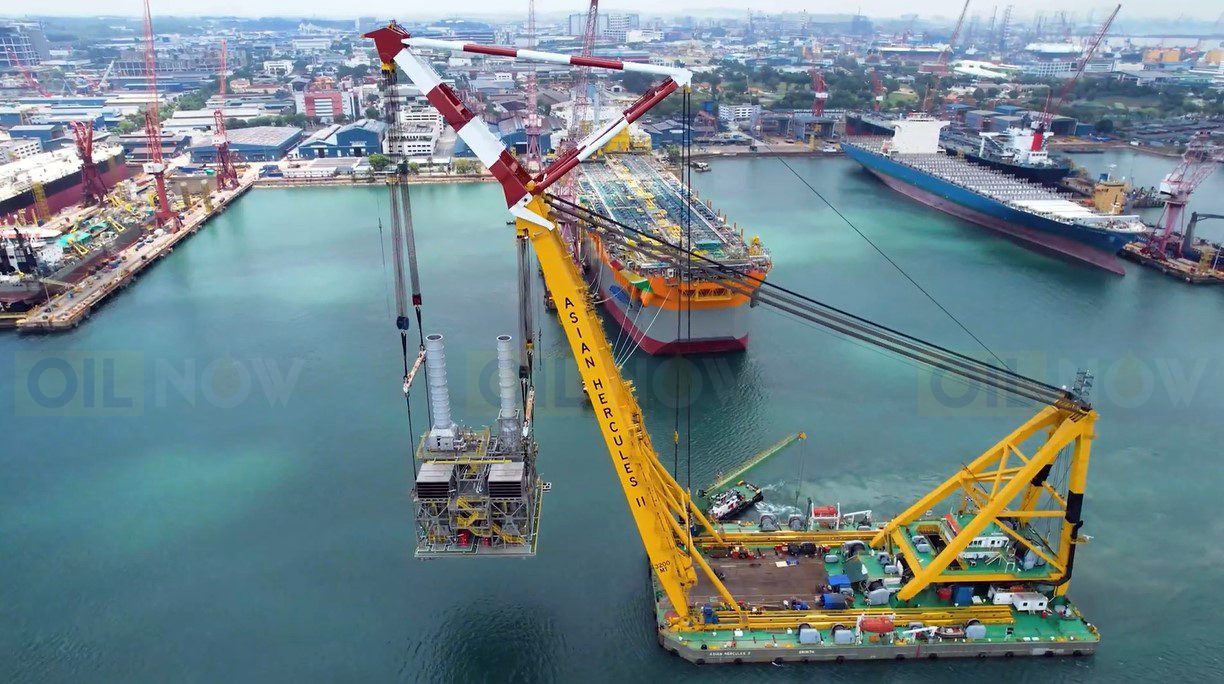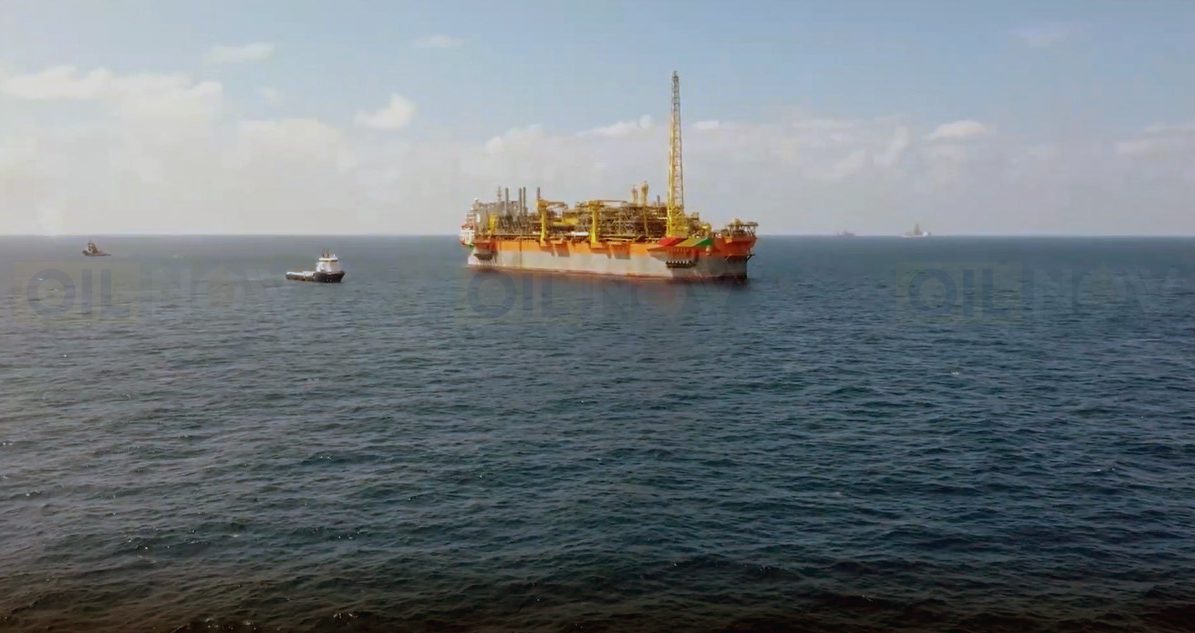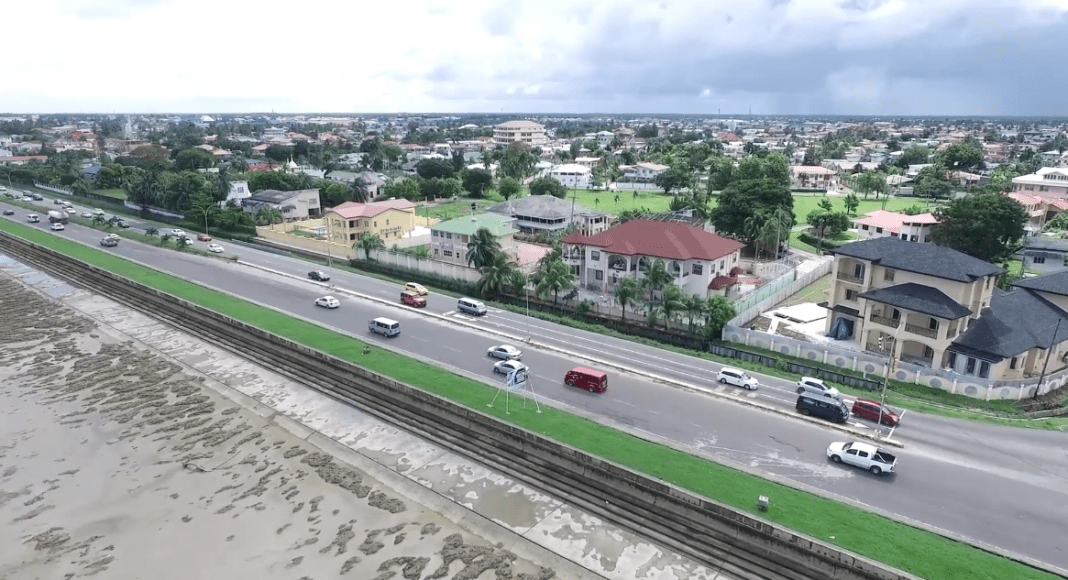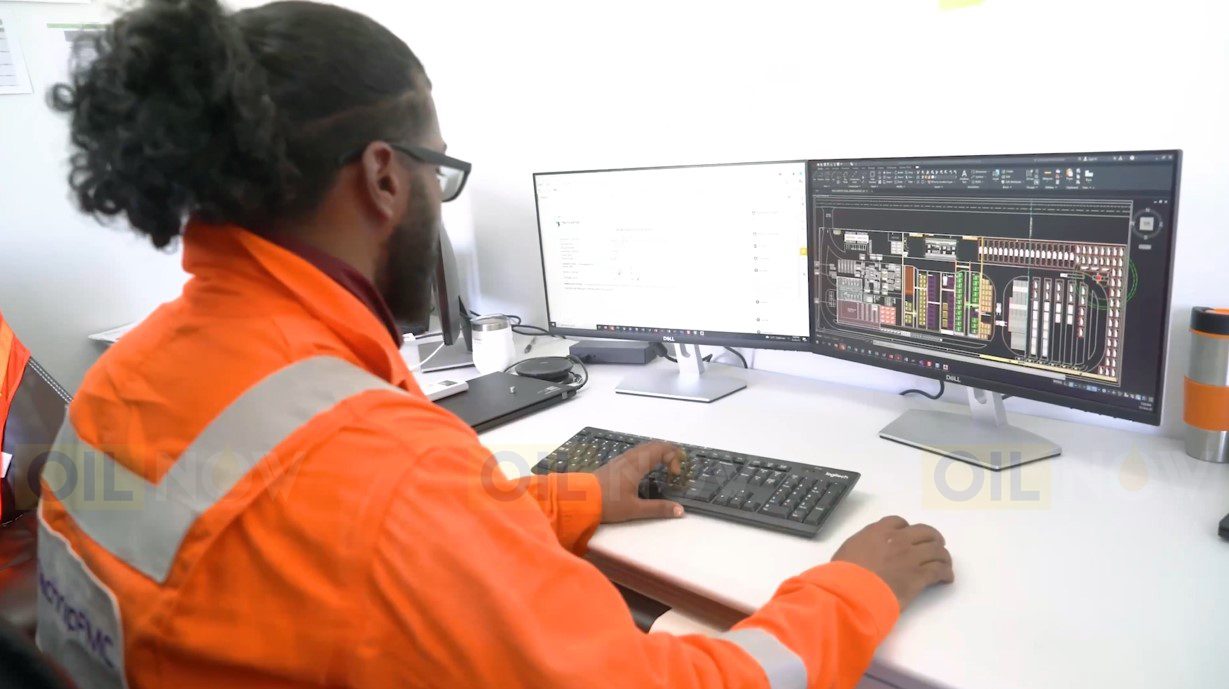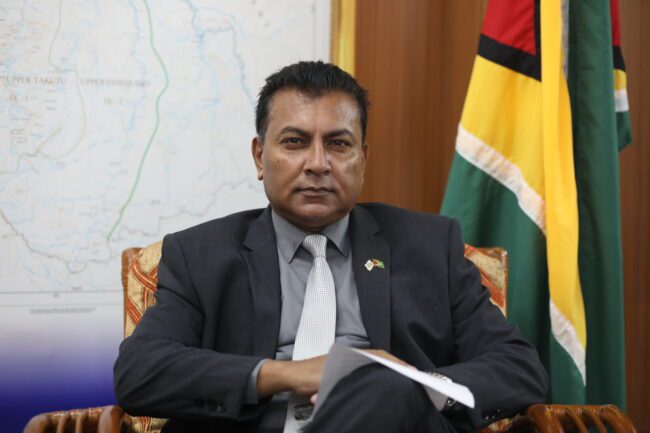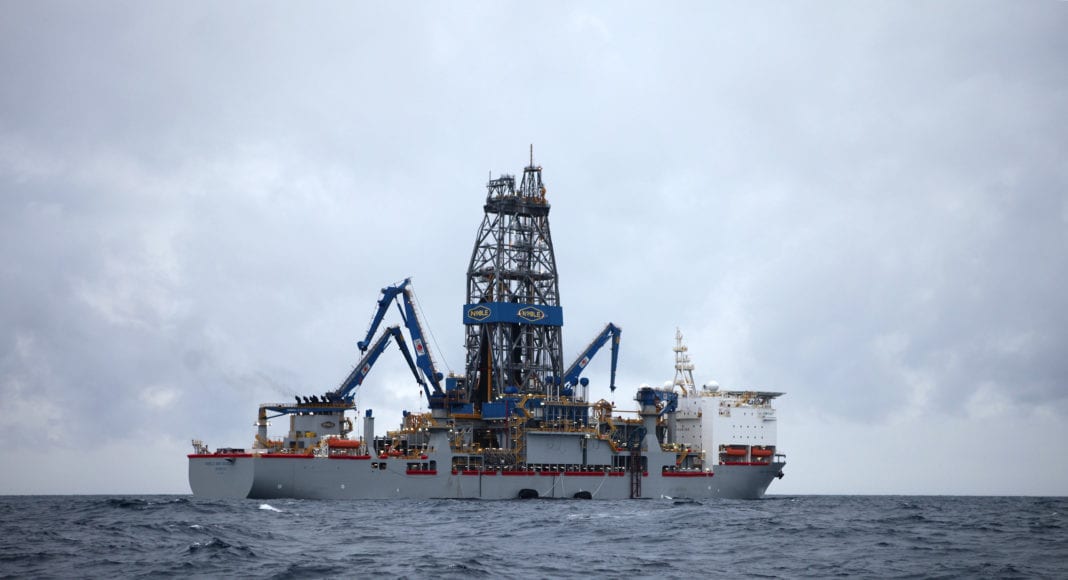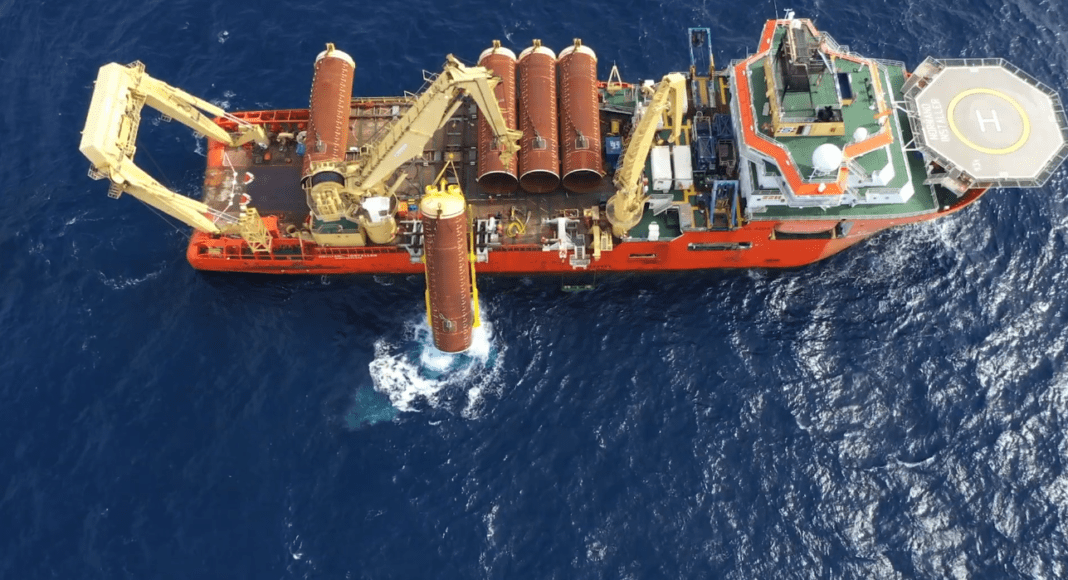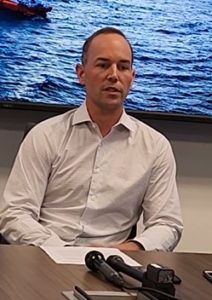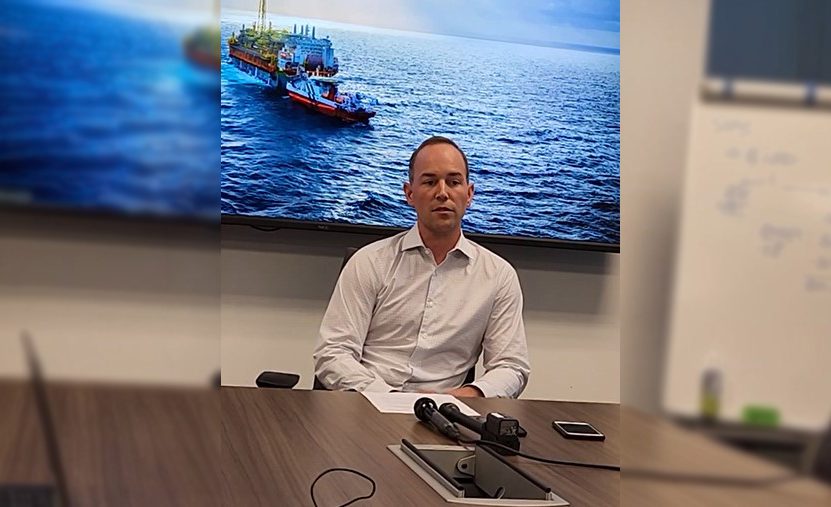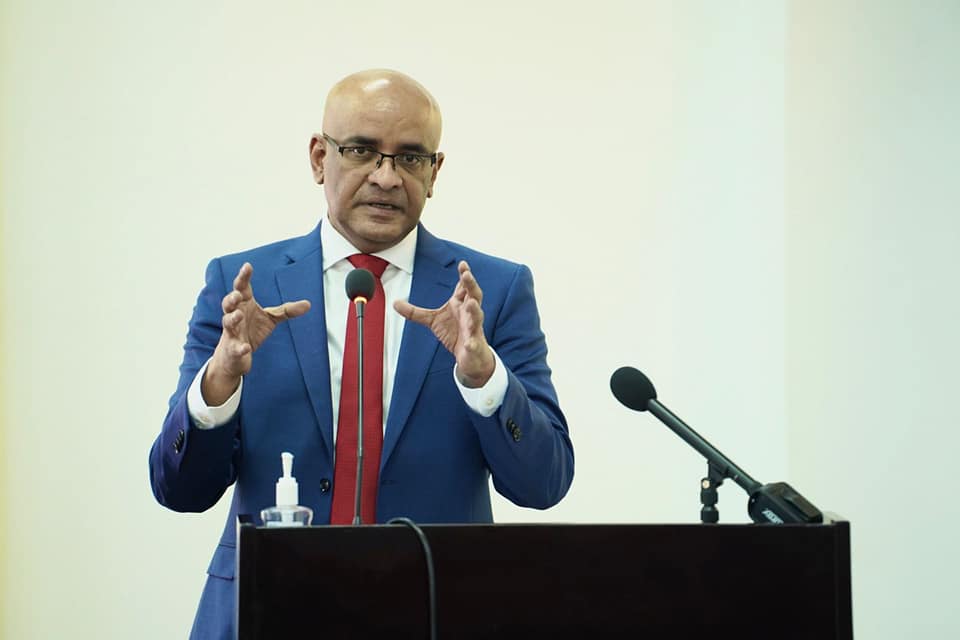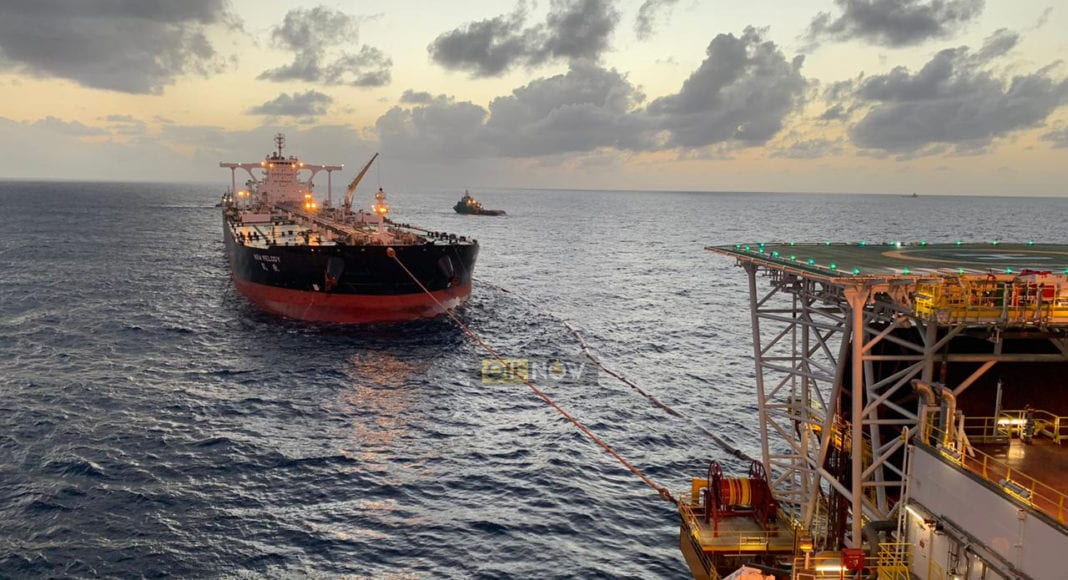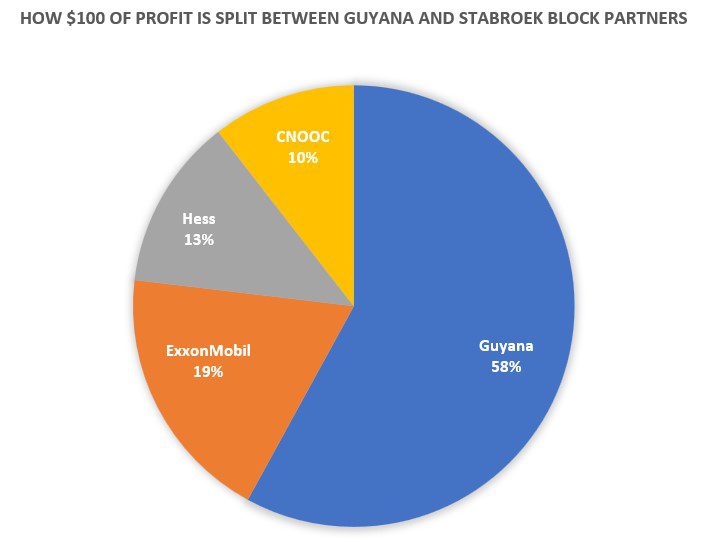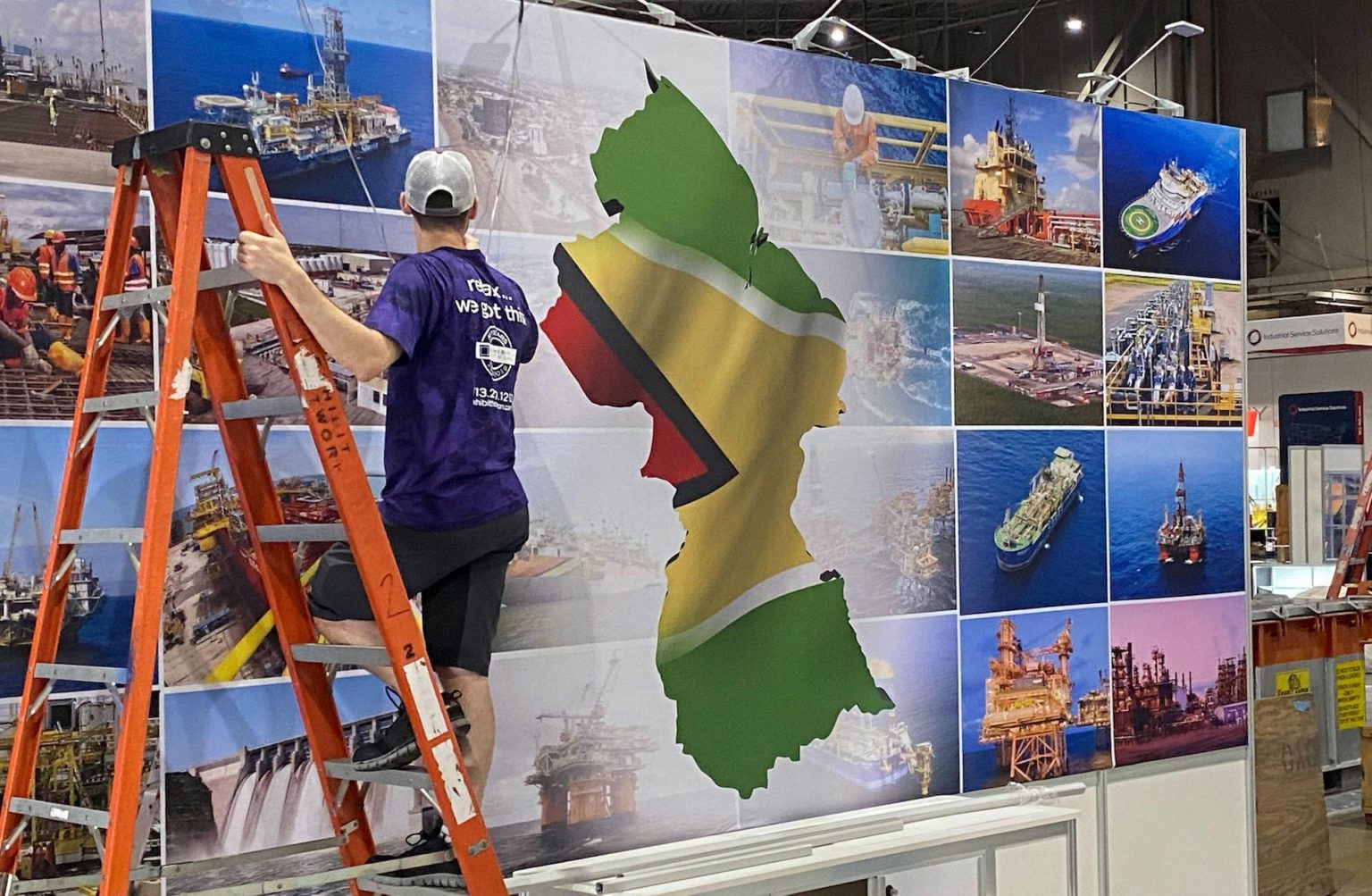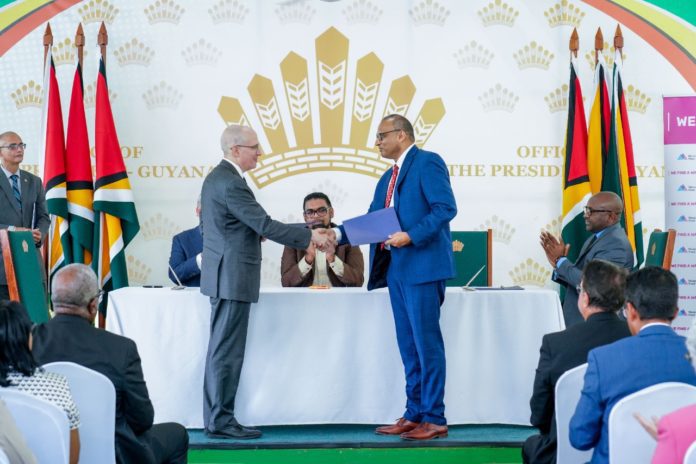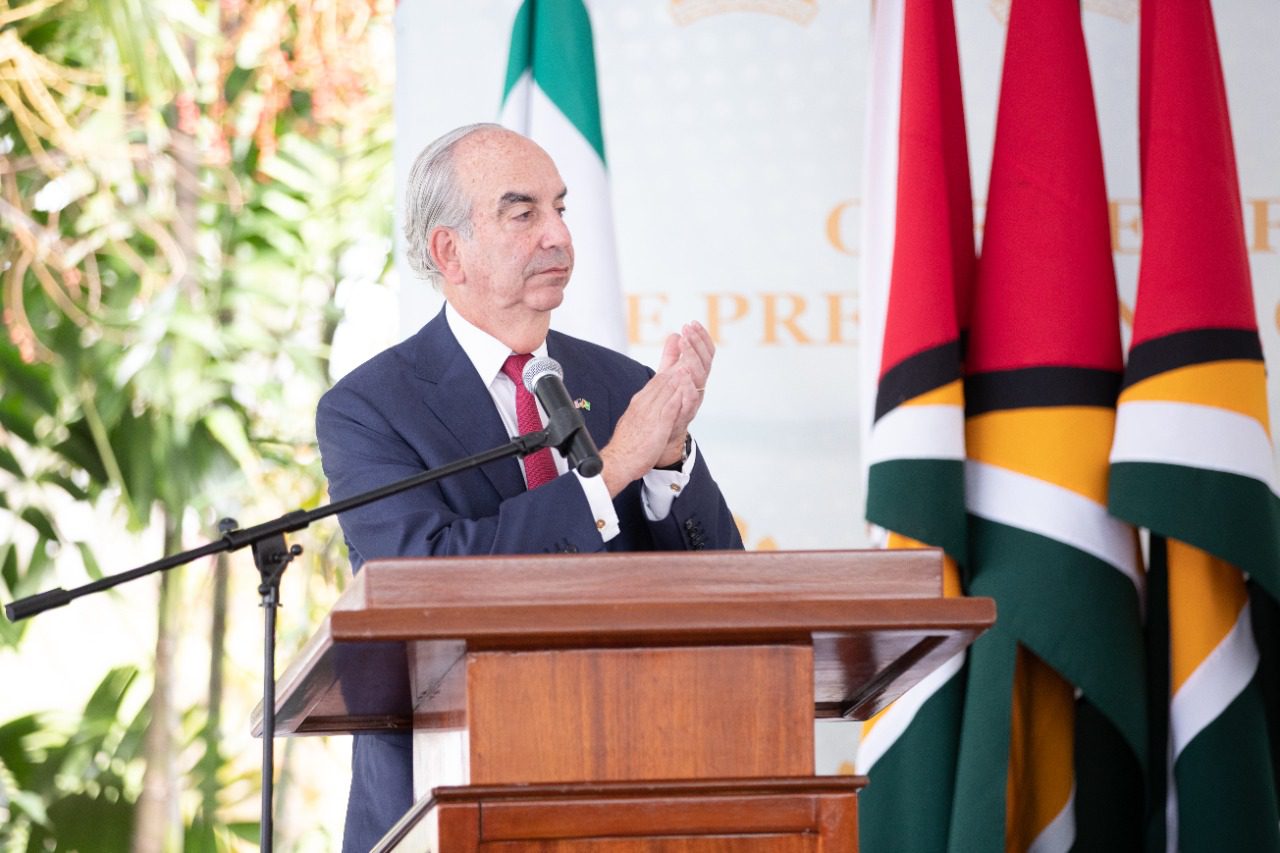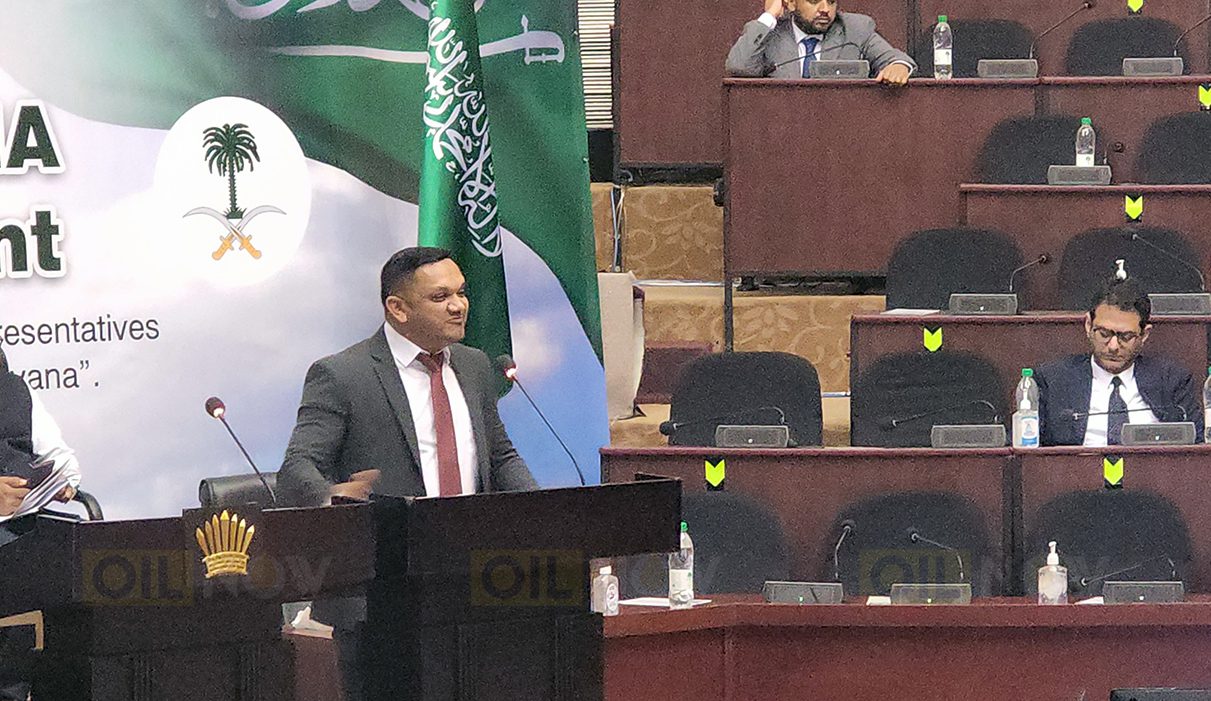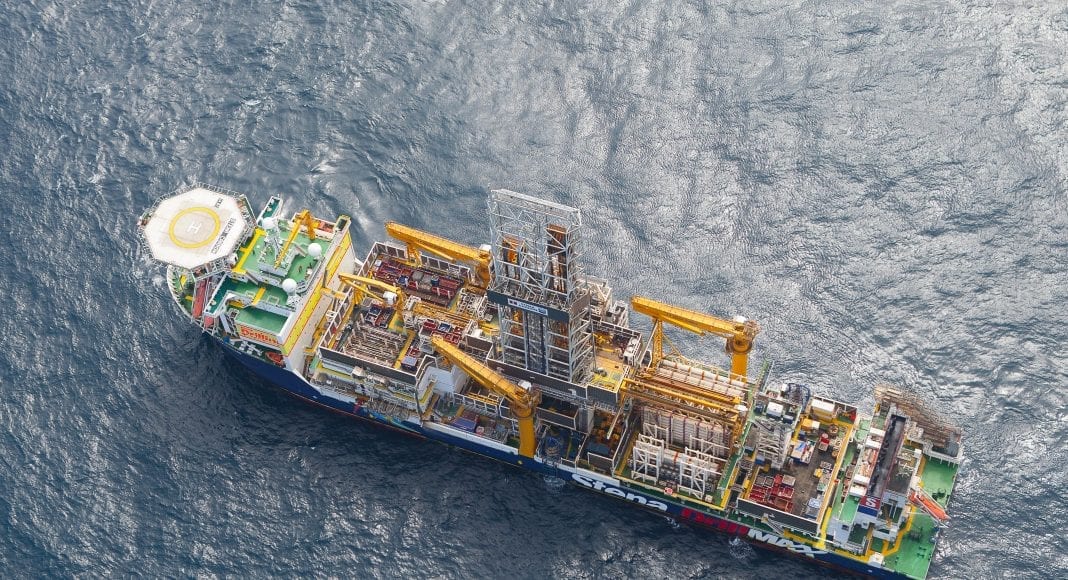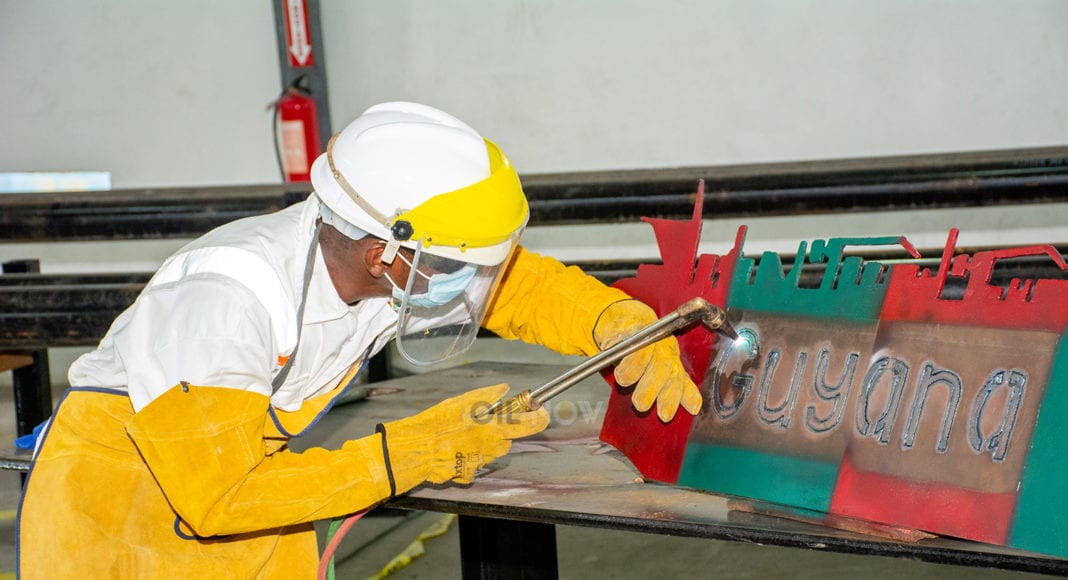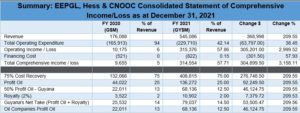Guyana oil projects moving 2-3 times faster than any other in the world – Hess CEO
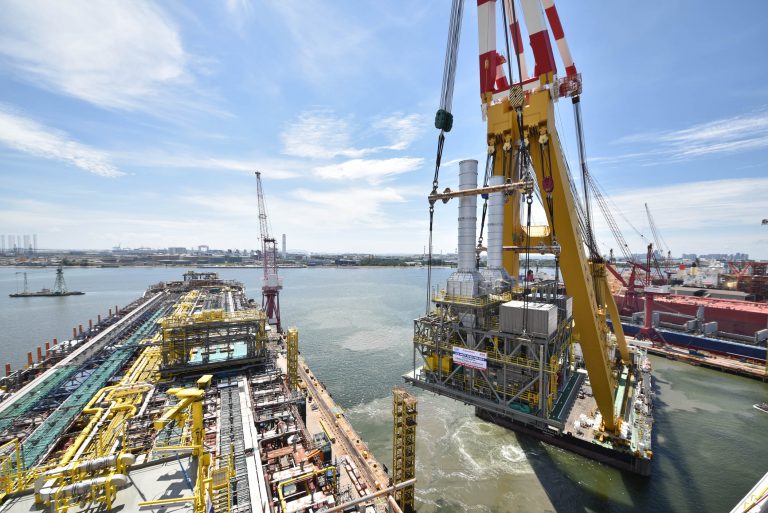
A module being lifted onto the hull of a Guyana-bound FPSO.
Guyana’s offshore Stabroek Block developments have been outstanding performers when it comes to pace and efficiency. Hess Corporation’s Chief Executive Officer (CEO), John Hess said the projects come on two to three times faster than any other global offshore development.
During his participation on Thursday at Bernstein’s 38th Annual Strategic Decisions Conference in New York, Hess reminded that the Stabroek Block has been an apt representation of industry-leading capabilities backed by the efforts of its operator, ExxonMobil with 45% working interest, Hess with 30% and China’s National Offshore Oil Corporation with 25% percent.
Hess was pleased to inform attendees that in three years, the partners were able, from the time of investment decision, to add the Liza Unity floating production, storage and offloading (FPSO) vessel to the Stabroek Block that can add 220,000 to 250,000 barrels of oil per day in production capacity, while adding “our tie backs would be about 18 months.”
The CEO said, “In Guyana, we are getting these big FPSOs and as we define more oil that is very low cost, high margin and low carbon footprint oil which makes it needed 20 years from now and gives us an advantage over other companies, it takes about three years from when you make the investment.”
Hess commits US$2.3 billion to Yellowtail development | OilNOW
“We just got sanctioned on April 1, 2022, on Yellowtail which is our fourth development, and it will be 250,000 barrels a day ship with opportunity for upside and that oil will be on in 2025. So, for Guyana it is three years but for the Gulf of Mexico it is about five years,” he said.
Speaking to the desire and approach to have such record-breaking operations, Hess said it involves spending enough time doing the exploration and appraisal work to define for example, a 600-million-barrel resource to a billion-barrel resource to underpin a ship. The CEO said the partners are queued up now for the fifth ship which will hopefully get sanctioned by the end of this year and the sixth by the end of next year.
Exxon’s 5th project could produce up to 275,000 bpd, with first oil as early as 2026 | OilNOW
Hess said, “When we were fortunate enough to have our first discovery in 2015, I remember talking to Rex Tillerson [Exxon’s former CEO] about this and he said, ‘John we want to go as fast as we can with this, but we don’t want any leakage.’ And what was he saying? We must be capital efficient and operating expense efficient. Doing one ship a year is a huge task for project management, for execution, for yards to handle it and Exxon is probably the best in the business at doing this.”
Hess said ExxonMobil’s philosophy of “design one and build many,” which will result in one FPSO coming on board every year is industry-leading. He said too that his company has a page in its investor pack which actually shows how its development of oil production in Guyana is “two to three times faster than any other global offshore development.”
FPSO contracts surge; Guyana contributing to global total this year – Rystad Energy
The CEO concluded, “So we are going fast but we are bringing value forward.”
Hess and its co-venture partners currently have four sanctioned developments in the Stabroek Block.
The Liza Phase 1 development, which began production in December 2019 utilizing the Liza Destiny FPSO with a production capacity of approximately 120,000 gross barrels of oil per day, recently completed production optimisation work that expanded its production capacity to 140,000 gross barrels of oil per day.
The Liza Phase 2 development, utilising the Liza Unity FPSO, began production in February 2022 and is expected to reach its production capacity of approximately 220,000 gross barrels of oil per day by the third quarter.
The third development at Payara is ahead of schedule and is now expected to come online in late 2023 utilising the Prosperity FPSO with a production capacity of approximately 220,000 gross barrels of oil per day.
The fourth development, Yellowtail, is expected to come online in 2025, utilising the ONE GUYANA FPSO with a production capacity of approximately 250,000 gross barrels of oil per day.
SBM Offshore confirms contract awards for ‘One Guyana’ Yellowtail FPSO
At least six FPSOs with a total production capacity of more than 1 million gross barrels of oil per day are expected to be online on the Stabroek Block by 2027, with the potential for up to 10 FPSOs to develop gross discovered recoverable resources.
Dutch floater specialist, SBM Offshore, has won contracts to build and operate the FPSOs for all the projects approved so far at the Stabroek Block.

